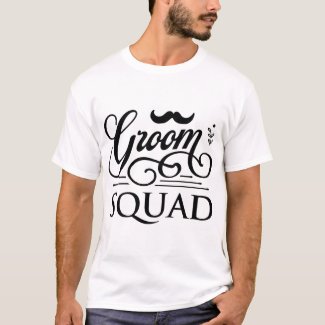Shape Up
The first thing to consider when you're choosing your centerpieces is the shape of the table. If you're decorating a long rectangular table, a series of small, low-lying centerpieces along the length of the table is ideal. Centerpieces that don't stand too tall allow conversation to flow. Using several items instead of just one will keep the eye moving down the length of the table so the viewer is able to take it all in.
If you're dressing a round table, a single centerpiece in the middle is a better choice. You can opt for a more elaborate design when you're creating just one item per table. However, you want to make sure that the centerpiece complements the tablecloth and place settings without dominating them.
Colors Are Key
While it can be tempting to go with a design where every item is a perfect match, you'll create a more eye-catching effect when you choose items that contrast well with one another. If you have a dark tablecloth, try a centerpiece with lots of light, such as pale lilac or ice blue and features like candles or reflective marbles. A pastel tablecloth in a color like gentle moss green or powder pink will look stunning with deeper colors in the centerpiece. Burgundy, magenta, forest, and chocolate brown will pop against a light-colored backdrop.
A Bouquet of Choices
Flowers are the traditional choice for formal centerpieces, but you have only a small window of time when they look fresh. Candles, peacock or ostrich feathers, and shimmering crystal centerpieces are a lasting alternative that you can use for more than one occasion.
These items are extremely versatile so you can dress them up or down easily. In a fine vase, your ostrich feathers are elegant and refined. In casual, brightly colored holders, they're perfect for a shower or other semi-formal event. One great resource is www.eventswholesale.com with a wide variety of choices in this area.
As you're designing your tables, always remember to step back often and take in the whole arrangement. Centerpieces are never meant to stand alone. When the table is complemented by the piece but not hidden, you'll know you have the perfect design.














No comments:
Post a Comment